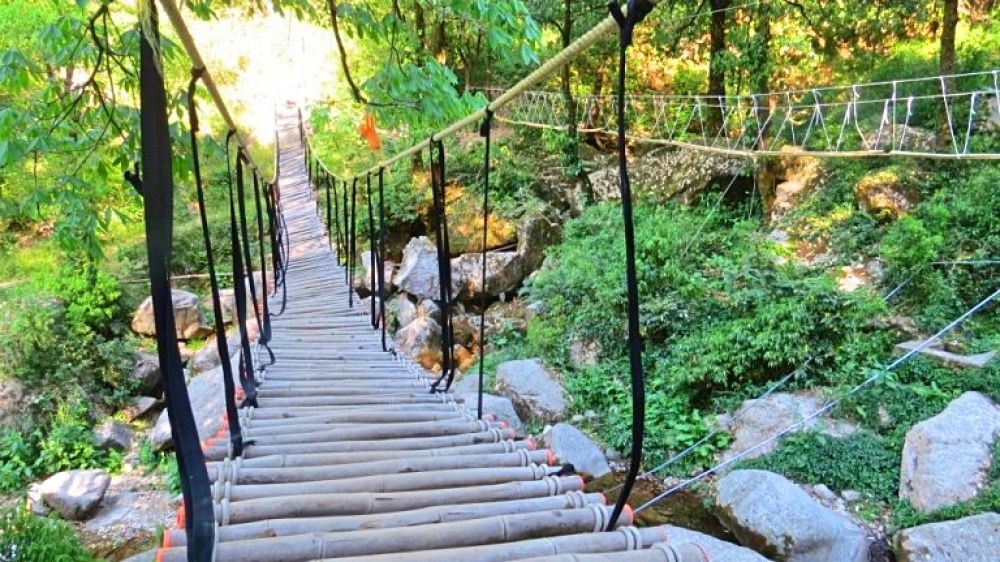

Nestled in the lap of the Dhauladhar range, Dalhousie was established in 1854 by the British Empire in India as a summer retreat for its troops and bureaucrats. Named after Lord Dalhousie, the then British Governor-General, it soon became a popular destination for colonial officials seeking respite from the summer heat. Panchpula, a picturesque spot around 3 km from Dalhousie, emerged as a significant attraction within this hill station's repertoire.
The name 'Panchpula' meaning 'five bridges' in Hindi, signifies the five bridges that adorn the scenic streams converging into a waterfall at this spot. An important historical aspect of Panchpula is its association with the Indian freedom fighter Ajaypal Singh, whose memorial remains a place of homage. It was here that the streams served as a critical source of water to Dalhousie and its surroundings.
Initially accessible only to the elite colonialists, Dalhousie and Panchpula post-independence opened their arms to travelers from across India and worldwide. Over the years, amenities and accommodations developed to cater to tourists of varying budgets, from budget lodgings and guesthouses to luxurious hotels.
With the growth of digital platforms and increasing awareness of unexplored destinations, ecotourism and adventure tourism have become trending topics. The visitors seek authentic experiences: good hiking trails, interaction with local cultures, trying local cuisine, and exploring the less trodden paths. Sustainable travel is also gaining traction as tourists become more conscious of their environmental impact.
Today, Panchpula is not just a tourist spot; it is an experience brimming with natural beauty, history, and serenity. The harmony of the cascading waterfalls, the verdant landscape, and the myriad of activities from leisurely walks to adventurous hikes appeals to a broad spectrum of travelers. Samadhi of Sardar Ajit Singh at Panchpula remains a site of historical relevance, attracting both patriots and curious tourists alike.
The future of Panchpula's tourism is evolving with the times. Local authorities and private stakeholders are increasingly collaborating to promote responsible tourism practices to ensure Dalhousie, and its natural gems, like Panchpula, remain pristine and welcoming for generations to come.
Panchpula remains a testament to the enduring allure of Dalhousie as a tourist destination. From its pioneering days as a colonial hill station to its current status as a coveted retreat in the Himalayas, it continues to enchant visitors with its mix of history, culture, and natural beauty.